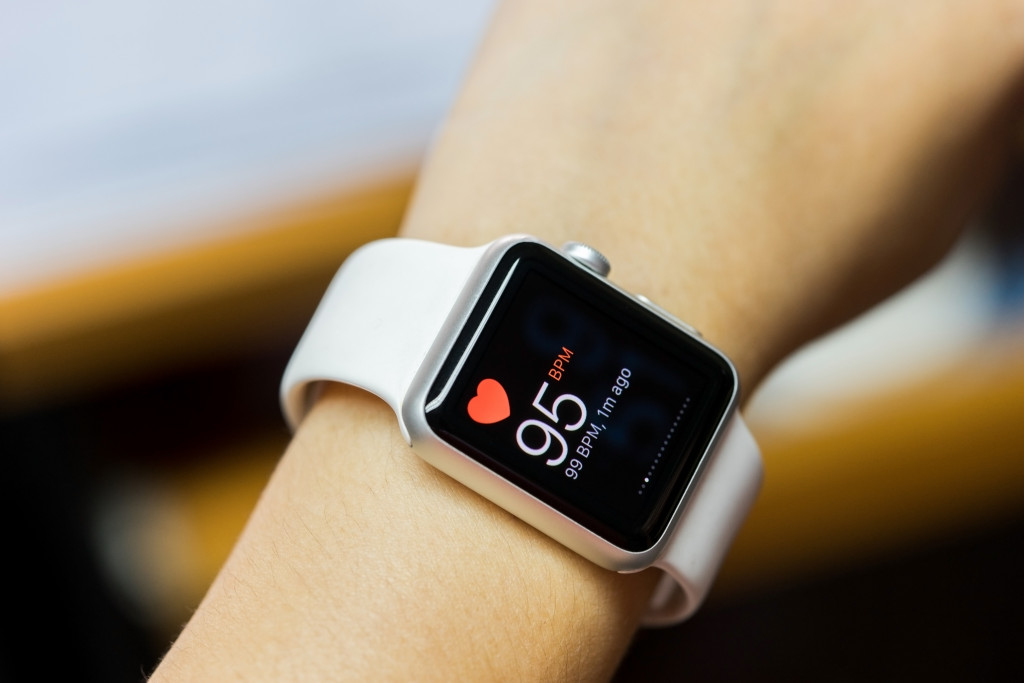It’s natural to be afraid of the dark. When we don’t know what we’re facing, fear is a natural reaction. We’d rather not be in such a murky situation. And the same holds true for wearable technology, technology that far too often is misunderstood.
A glorious example is Google Glass. Launched officially in 2014, Google’s smart glasses seemed to have made the planet lose a breath. Thanks to all the hype (and massive marketing campaign), the device created much anticipation for those who didn’t have it and pride for those who did. But many felt it’s a bit too much. True enough movie theaters both in the U.S. and the UK didn’t lose a beat and banned the device altogether, much to the objection of Google’s top brass.
Ultimately, as bugs hound the device one after the other, interest in Google’s eye wearable waned. To some extent, it seemed to have died a natural death.
But wearable technology is the future. Though Google Glass may not have succeeded as planned, wearable tech, in general, has grown by leaps and bounds. What used to be a market size of USD 27.91 billion is expected to grow as much as USD 74.03 BY 2027. That’s growth more than two-fold.
It shouldn’t surprise you. The truth of the matter is wearable technology can help people live better lives. Below are four major ways it does just that.
Keep Us Fit
Wearable technology can give us a big hand in the health department. By keeping tabs on our body’s key metrics (e.g., heart rate, sleep patterns, oxygen in the blood), we become aware of our internal systems. All that information allows us to pursue health like never before. And the numbers are showing.
If you’ve never encountered a wearable in your adult life, perhaps you may have slept in a cave somewhere in the Himalayas for years and just woke up. Research shows 7 % of Americans agree that wearables have helped them improve their health.
Indeed, you’d be amazed at how much wearable gadgets can push you back into tiptop shape. It’s almost like a personal assistant reminding you to be in your best form. Not only can it track your steps and distance traveled daily but it also can check on your nutrient intake, not to mention calories burned. A wearable worth mentioning in this list is Fitbit Flex.
Then how about wearables that help you deal with pain? Thimble Bioelectronics is developing a wearable that acts as a pain patch. The idea is to send electronic signals to specific spots in the body experiencing pain.

Keep Us Safer
Well, a great example here is Bluetooth technology. By using Bluetooth headsets we can navigate our cars while talking to somebody on the phone without being encumbered by our smartphones.
That certainly is a lifesaver. Texting and fidgeting with one’s mobile device is a major source of distraction while driving. To date, being distracted is the #1 cause of car crashes in America.
Of course, we can mention Google Glass here too. With the device, you can actually stay connected to your email and various apps without having to log in to a desktop or laptop. Digital information is at your beck and call as you can actually pull out needed data by voice command.
But there are other ways smart glasses help keep us away from harm. A brilliant example here is electronic eyewear or glasses for the visually impaired. By the use of augmented reality and AI, for instance, these smart glasses can help the blind and the visually impaired evade objects and navigate their ways. Think of it as an assistive device much like a hearing aid is for the deaf.
Help Save Lives
Certainly, it’s a grimmer picture for people who are fighting a disease and not in the best of health. But this is where wearables can be a lifesaver.
A good example here is those heart monitors and locator devices worn by senior patients. By wearing these devices, caregivers can monitor their patients even from afar, running to their side when things go wrong. Some wearables can even alert caregivers when their patient accidentally falls. Imagine how dangerous a fall can be to someone who’s fighting a degenerative disease such as cancer or diabetes.
Adds Fun and Excitement
On the brighter side of things, wearables can also make your life super-interesting. That may surprise you. But think about a shirt that changes colors. Or one that can adjust to the heat around you cooling your or heating you if need be.
But that’s not all. In the works right now are wearables in the intimate category. Though not yet out in the open, these undergarments are designed for couples. Once worn, the undies can be controlled and made to vibrate by another via the internet.
Indeed, there are many ways wearables can improve our lives. All we have to do is let them and enjoy all the benefits.
